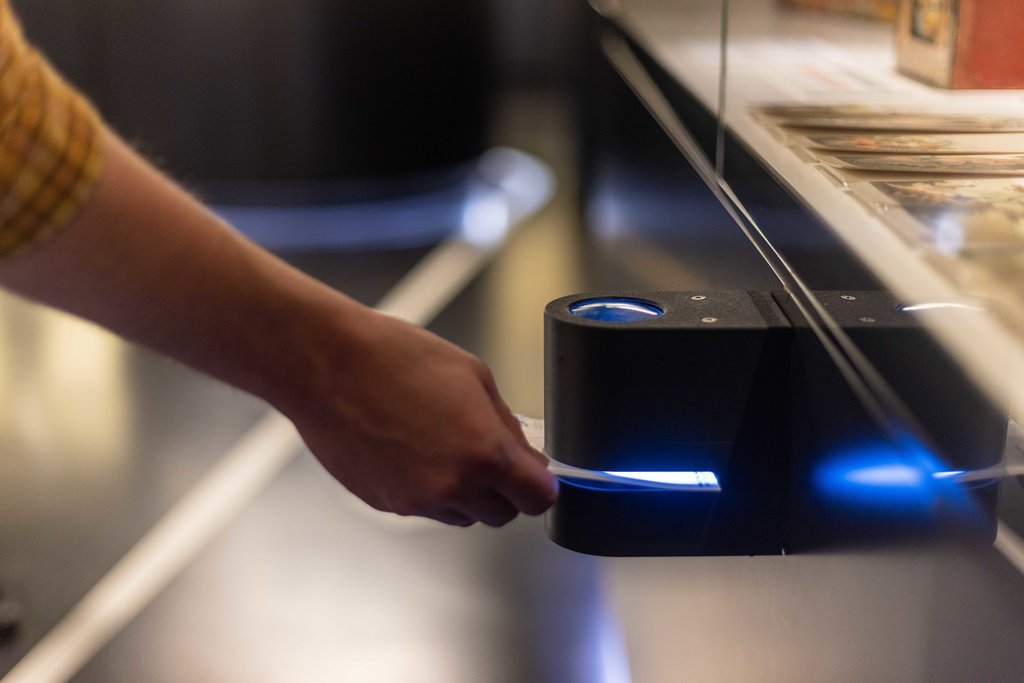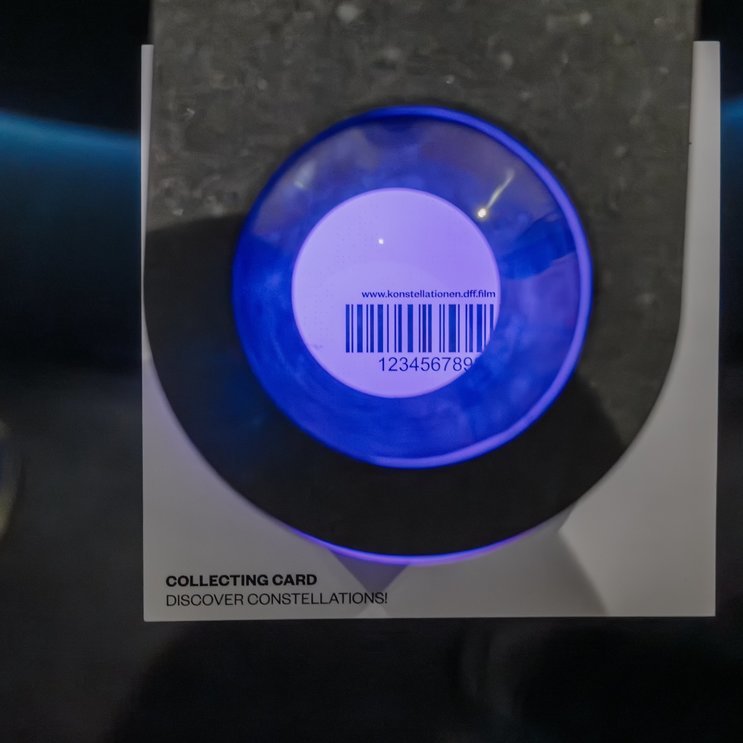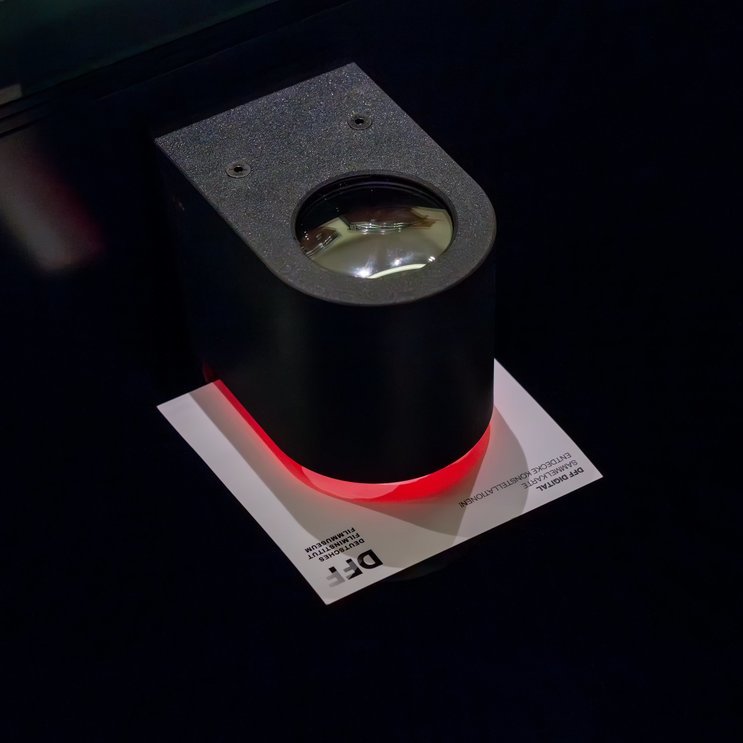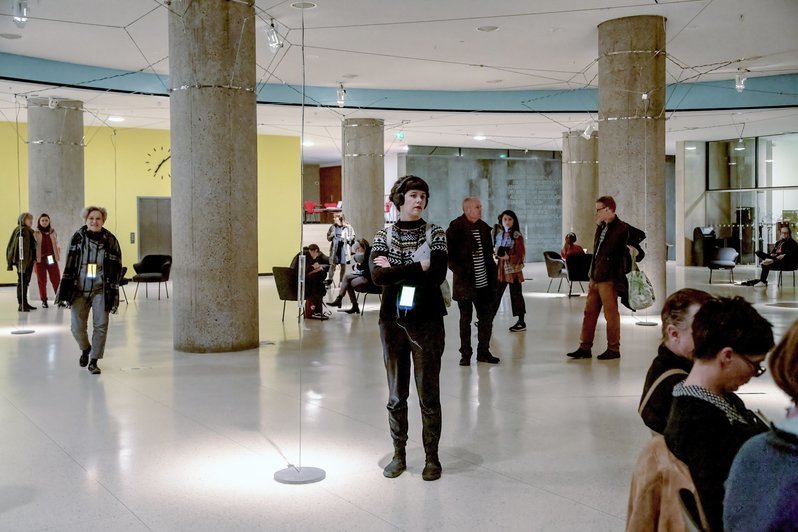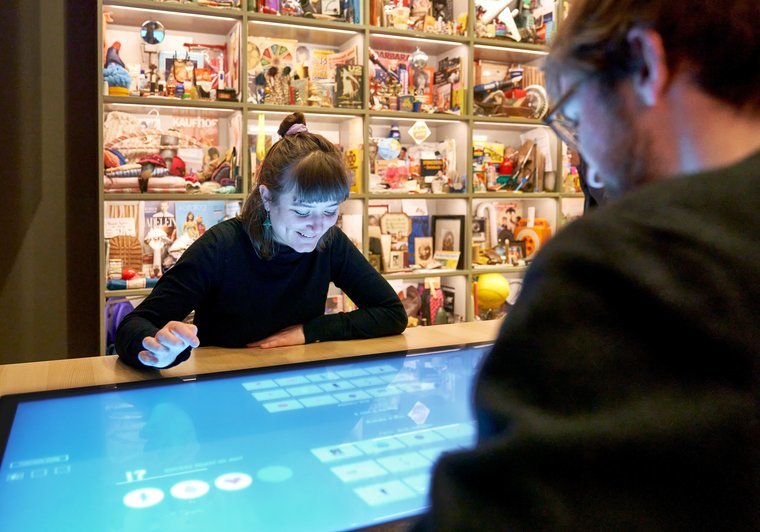The permanent exhibition at Deutsches Filmmuseum & Filminstitut (DFF) in Frankfurt now offers the opportunity to add physical exhibits to a personal digital collection. We were commissioned to equip the space with a custom interface for this hybrid approach. With tickets issued at the entrance, we offer access to a digital application – self-explanatory, aesthetic and interactive. The MESO Curioscopes developed as part of the project can also be easily used in other contexts.
Discover, collect, take along
Visitors in action
The Deutsches Filmmuseum & Filminstitut (DFF) in Frankfurt is an institution of international standing – where film history is preserved and current developments are shown. As part of the “Constellation 2.0” project supported by the German Federal Cultural Foundation’s fund for Digital Culture, a new narrative approach was developed for the permanent exhibition in collaboration with the Australian Center of Moving Image (ACMI) in Melbourne. Stories are spun along selected exhibits, linking the collections of both museums and making them visible.
Since May 2024, visitors are able to experience the result in the museum. Our team played a key role in turning the results of the project into an integral communication principle within the exhibition space.
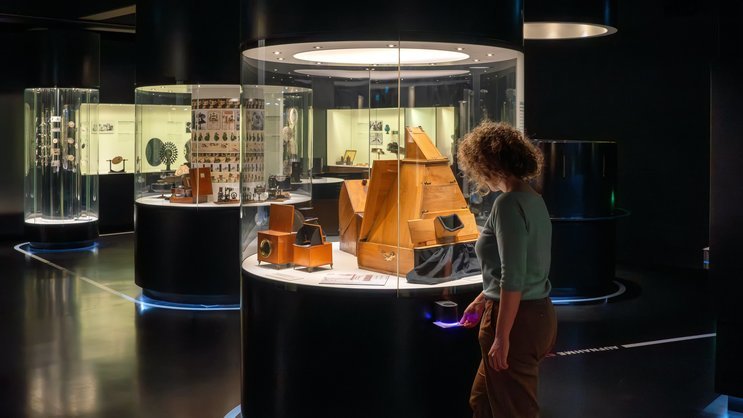
Our task was to design an interface that allows visitors to add objects to their personal digital collection. The interaction had to be as simple as possible in order to appeal to the museum’s broad audience. In addition, the atmosphere of the darkened rooms was not to be disturbed by intrusive media surfaces. A media guide via smartphone was no option in order to keep the focus on the on-site experience.
We developed a framework based on three elements: a printed ticket, low-cost and easy-to-integrate barcode readers – the MESO Curioscopes – and an interface to the web application developed by SANID and ACMI.
For the intersection of physical and digital space, we were looking for a solution that was intuitive and transferable, which we were able to achieve with MESO.
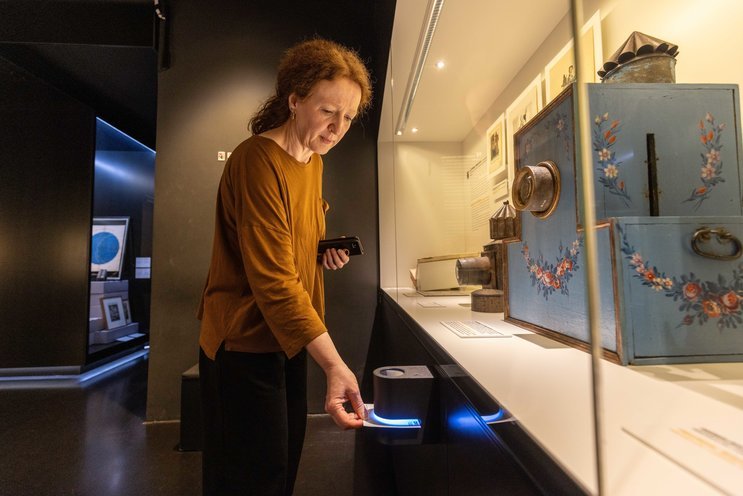
All visitors receive a ticket with an individual barcode at the entrance. This is the key to their personal collection of objects. The interaction is simple: if you slide the card into the slot of the device, a color animation is played. The database assigns the corresponding object to the visitor.
Although technically a barcode is read, it was important for us to make it clear that information is written on the ticket. All visitors receive a personal play of colors via an integrated LED ring, which is repeated like a “fingerprint” during the entire visit.
The museum’s permanent exhibition is dedicated to the history of photography and film. Light plays a central role here. The exhibition design is based on simple black geometric shapes. Our developed form refers to the world of optical devices, similar to the scenography of the permanent exhibition. A viewing glass at the top makes the reading (or writing) process transparent in the truest sense of the word.
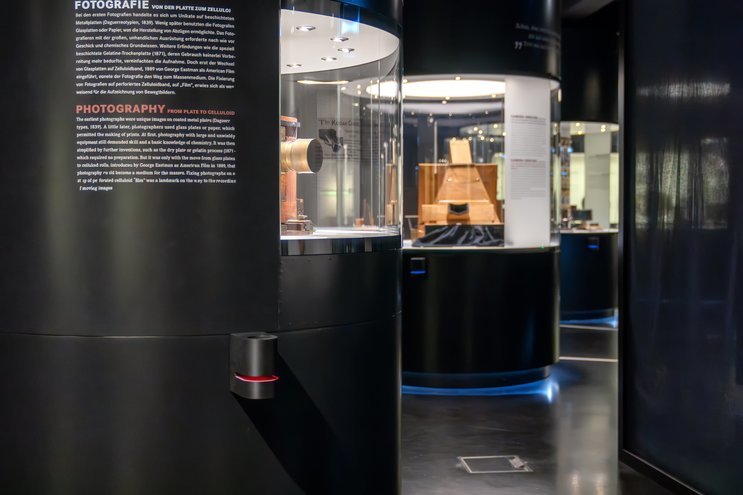
The Curioscopes are connected via WLAN and only require a simple USB power supply. The integration into the permanent exhibition could be carried out by the museum staff themselves. Communication with the collection tool is based on simple MQTT messages.
The Curioscope system is supplemented by inexpensive Android tablets that play simple web applications and are also connected via WLAN.
If a reader is assigned to a display case with several exhibits to choose from, a selection menu is activated on a compact 11" touch screen. Specific objects can be added to the personal collection by selecting an image.
Another touch screen at the entrance welcomes visitors and plays an explanatory animation as soon as they insert their card.

At the end of the exhibition, visitors can view their collection on several large displays. More importantly, however, they can follow up on the stories collected at home. To do this, they enter the personal code from their ticket on the Constellation website.
In-house Tool
Custom Solution
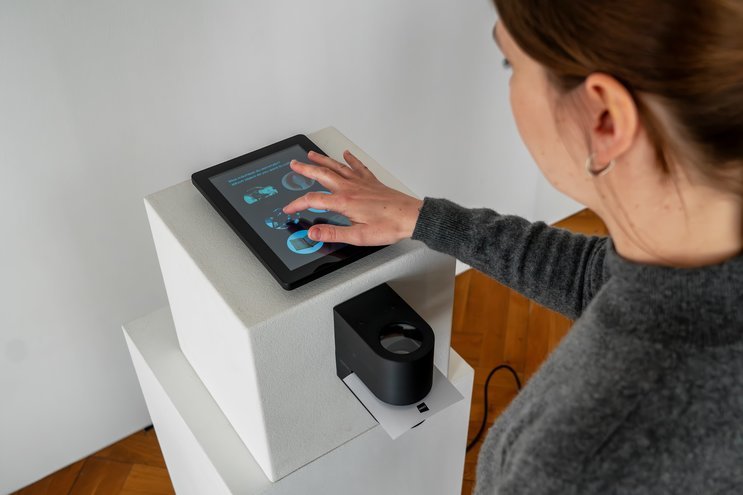
The MESO Curioscopes are this project’s main component. They combine analog with digital, space with application and real exhibits with personal collections. They are part of a long-term project to make museums and exhibition spaces flexible and interactive.
As a complete in-house development, we were able to tailor the design, materiality, appearance and technology integration to our client’s requirements in all aspects. At the same time, the resulting solution can be used for many other applications.
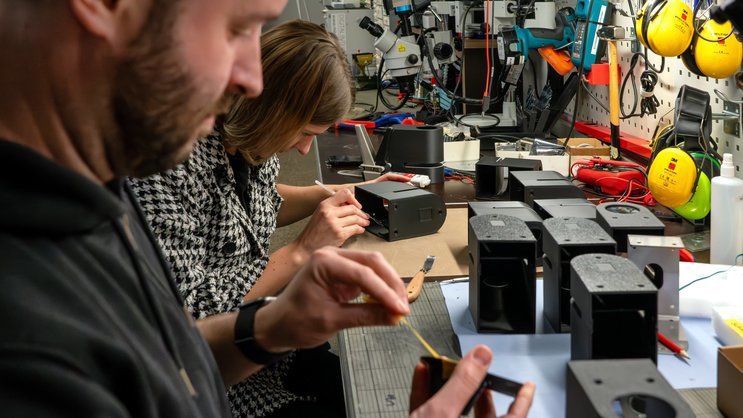
Assembly of the cases at our workshop
© MESO / Constantin UrbanRead more about the MESO Curioscopes and possible future applications here.
Related Projects
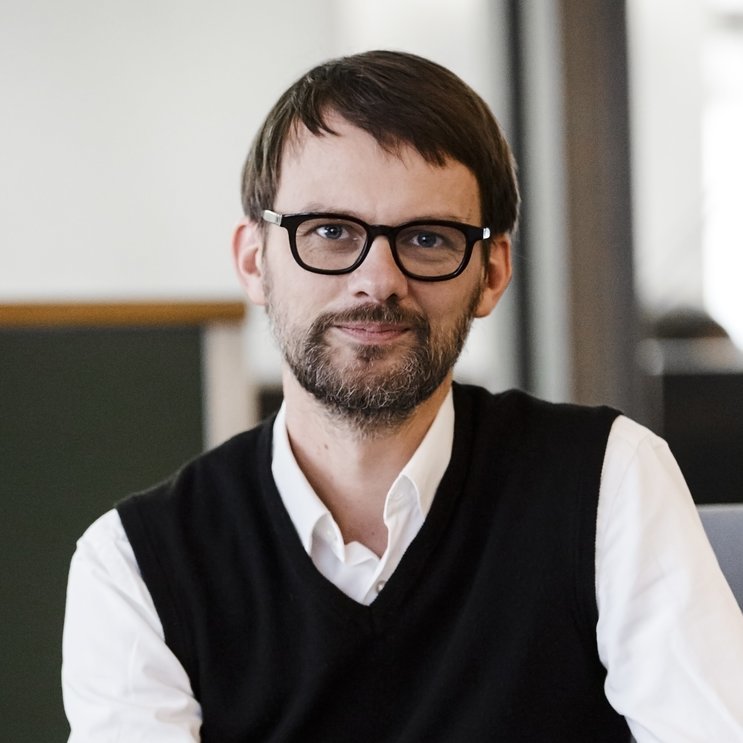
Curious about our approach? Feel free to get in touch!
Sebastian Oschatz Partner +49 69 24 000 321 sebastian.oschatz@meso.design sebastian.oschatz@meso.design +49 69 24 000 321
MESO Digital Interiors GmbH
Gutleutstr. 96 . 60329 Frankfurt . Germany
Team
Susanne Heinlein, Cornelia Marschall, Paula Müller, Jonas Schreiber, Julius S., Constantin Urban, Max Weber, Max Wolf, Mathias Wollin
